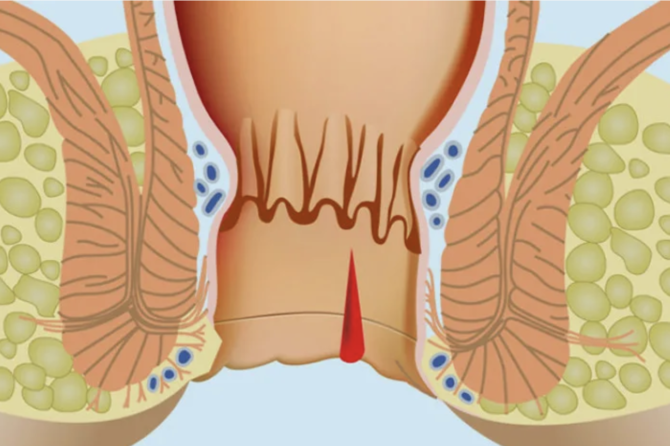
Why Does Anal Fissure Occur?
An anal fissure is a common health problem in society that can significantly impact individuals’ quality of life. It is defined as small, non-superficial tears in the skin of the anal area. Fissures often cause pain and bleeding during defecation, which can make it difficult for individuals to maintain their daily activities.
The causes of anal fissures include excessive straining during defecation, chronic constipation, diarrhea, and childbirth. These factors can lead to small tears in the skin of the anal area that lacks sufficient elasticity. Symptoms of fissures include severe pain during defecation, a subsequent burning sensation, and bright red blood visible on toilet paper.
Why Does Anal Fissure Occur?
An anal fissure can be described as small and deep tears in the skin surrounding the anus. This condition typically arises due to excessive stretching during defecation. Physical triggers such as hard stools, chronic constipation or diarrhea, anal sex, or childbirth are among the most common causes. Additionally, prolonged diarrhea or constipation can make bowel movements more difficult, leading to the formation of fissures. These situations strain the skin in the anal area, causing microtears that develop into fissures.
How Is Anal Fissure Diagnosed?
The diagnosis of anal fissure is typically made through the patient’s symptoms and a physical examination. Patients commonly report sharp pain and a burning sensation during defecation. Bleeding is also a frequent symptom, often presenting as bright red blood on toilet paper. Doctors can confirm the diagnosis by carefully examining the anal area and, in some cases, using small instruments to get a better view of the interior of the anus. Occasionally, additional tests may be required to rule out other underlying conditions.
Treatment of Anal Fissure
Treatment for anal fissures varies depending on the severity and duration of symptoms. Initially, a high-fiber diet is recommended to soften the stool and make bowel movements easier. Adequate water intake is also essential. Warm sitz baths can increase blood circulation in the anal area, reducing pain and spasms. Pain relievers and anti-inflammatory creams may also be prescribed. These methods often help many patients heal their fissures.
Methods for Treating Anal Fissures
If conservative methods do not lead to healing, more advanced treatment options may be necessary. Botulinum toxin injections can temporarily paralyze the anal muscles, allowing them to relax and the tear to heal. In more severe or chronic cases, surgical intervention may be required. Lateral internal sphincterotomy, the most commonly performed surgical method, involves cutting a portion of the inner muscle of the anal canal to prevent continuous muscle tension, thereby promoting fissure healing. Each treatment method is recommended by the physician based on what is most suitable for the patient.
Leave a reply
Leave a reply